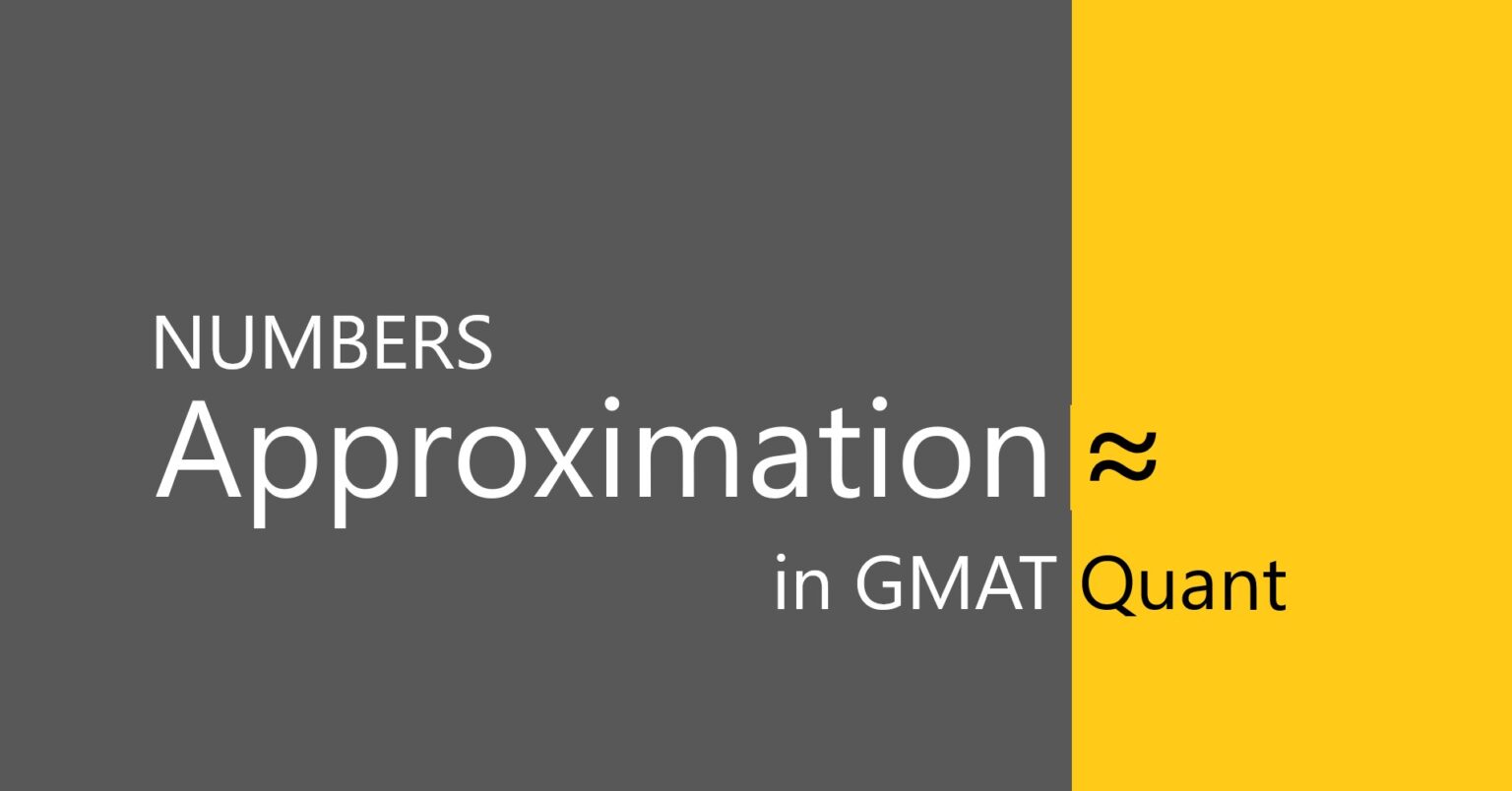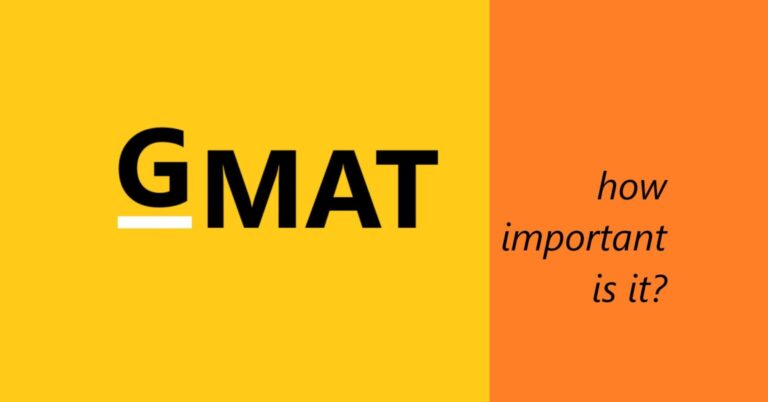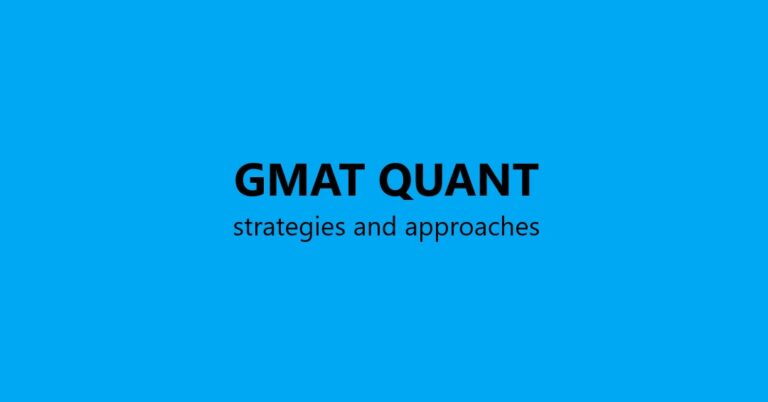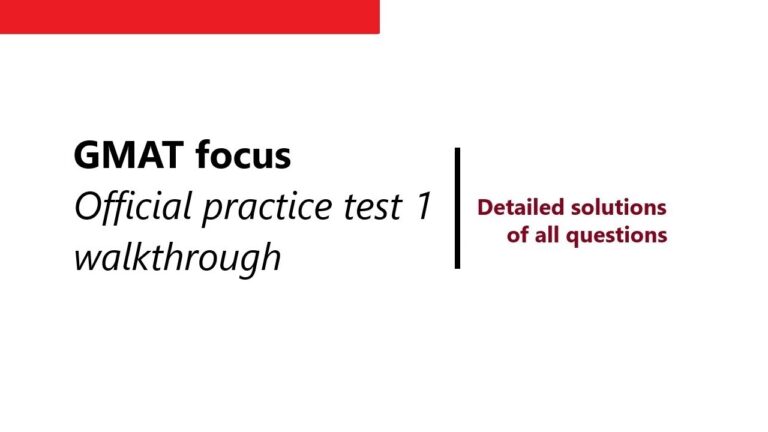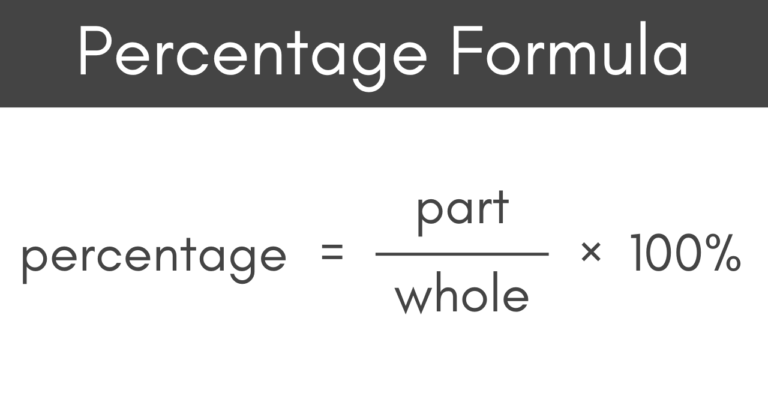Use of Approximation in GMAT Quant
We often talk about using approximate calculations in the GMAT Quantitative Reasoning section. What better way to illustrate this than by using some examples (questions sourced from the GMAT Club)?
Question 1
Which of the following is closest in value to √(7.5 ∗ 32 ∗ 3125)? Link here
A. 75
B. 85
C. 750
D. 850
E. 7500
The idea is NOT to do an exact calculation but try to approximate the value, given that the options are quite far off from one another. Frankly, just by looking at the options we can eliminate options A and B (too small) and option E (too large). We just need to decide between options C and D.
We have: √(7.5 ∗ 32 ∗ 3125) ≈ √(8 ∗ 30 ∗ 3000) approximately
Observe that the square root of 7.5 and that of 8 will be almost the same. Similarly, the square root of 32 and that of 30 will be almost the same. Also, the square root of 3125 and that of 3000 will be almost the same.
Thus, we have: √(800 ∗ 30 ∗ 30) = √(2 ∗ 400 ∗ 30 ∗ 30)
= 20 ∗ 30 ∗ √2 = 600 ∗ 1.4 = 840
Thus, the best option is D.
Question 2
Q2. What is the value of 2 ∗ 340.2 approximated to the nearest integer? Link here
A. 13
B. 8
C. 5
D. 4
E. 3
We need to approximate the value of 340.2.
We know that 25 = 32. Thus, the value of 321/5 = 2 i.e. 320.2 = 2. Thus, the value of 340.2 should be slightly greater than 2. We need to check whether 340.2 will be almost 2 or appreciably greater than 2.
If the value were 2, the answer to the question would have been = 2 ∗ 2 = 4. However, there is an option just greater than 4, i.e. 5. If the correct answer has to be 5, the value of 340.2 should be around 2.5, i.e. (2.5)5 = 34.
But how do we check that?
The value of 25 = 32 and 35 = 243, so it is unlikely that (2.5)5 would be a mere 34; it should be way greater than 34. In fact, 22 = 4 and (2.5)2 = 6.25, which is 2.25 more than 4. So definitely, the 5th power would be way bigger.
Thus, the answer is 4 (Option D).
Question 3
Q3. Which of the following is the closest approximation to: (√73 ∗ √239) ÷ (√7.2 + √15.7)? Link here
A. 10
B. 15
C. 20
D. 25
E. 30
Here too, the idea is to approximate the values and then compute the answer.
We have: √73 ∗ √239 ≈ √81 ∗ √225 = 9 ∗ 15 = 135
Note that 73 was increased to 81 and 239 decreased to 225, this kind of compensates each other.
Again: √7.2 + √15.7 ≈ √8 + √16 = 2√2 + 4 = 2 ∗ 1.4 + 4 = 6.8 ≈ 7
Thus: (√73 ∗ √239) ÷ (√7.2 + √15.7) ≈ 135 ÷ 7 = 19.3
Thus, the best answer is Option C.
Question 4
A variation of Question #3:
What is the approximate value of (√73 ∗ √239) ÷ (√7.2 ∗ √15.7)?
Instead of calculating as above, we could have done the following:
Observe that 73 ÷ 7.2 ≈ 10 => √73 ÷ √7.2 ≈ √10 ≈ 3 … (i)
Also, √239 ≈ √240 = √(15 ∗ 16)
Again, √15.7 ≈ √15 (we do not write √16 so that the √15 in √240 can be cancelled out)
=> √239 ÷ √15.7 = √(15 ∗ 16) ÷ √15 = √16 = 4 … (ii)
Thus, the final result would be 3 ∗ 4 = 12
Let us see the application of approximation in a word problem.
Question 5
Q5. The measurements obtained for the interior dimensions of a rectangular box are 200 cm by 200 cm by 300 cm. If each of the three measurements has an error of at most 1 cm, which of the following is the closest maximum possible difference, in cubic cm, between the actual capacity of the box and the capacity computed using these measurements? Link here
A. 100,000
B. 120,000
C. 160,000
D. 200,000
E. 320,000
The maximum difference in volume will occur when the dimensions are all greater than the base values or all dimensions are smaller than the base values (the percentage is slightly higher in the former). Also, we don’t want an exact calculation, only an approximate value of the result.
Let us look at the percent changes:
200 to 201 is approx. 0.5% increase and 300 to 301 is approx. 0.33% increase. Thus, there are 3 changes: 0.5%, 0.5% and 0.33%
- The net effect of the first two would ideally be (0.5 + 0.5 + 0.5 * 0.5/100) %, but we can simply approximate it to 0.5 + 0.5 = 1% increase
- The net effect of this 1% and the other 0.33% would similarly be approx. 1 + 0.33 = 1.33%
Thus, the increased volume would be 1.33% greater than the original volume, which is 200 * 200 * 300 = 12 * 106
Thus, the increase = 1.33% of 12 * 106 = (4/3 ÷ 100) * 12 * 106 = 160000 (approx.)
The best answer, thus, is Option C.
Have questions? Call us for a free consultation regarding your career moves – be it undergraduate study abroad programs through SAT or ACT, or MBA in India (CAT), or study abroad programs through GMAT or GRE. Call us: +91 9433063089

